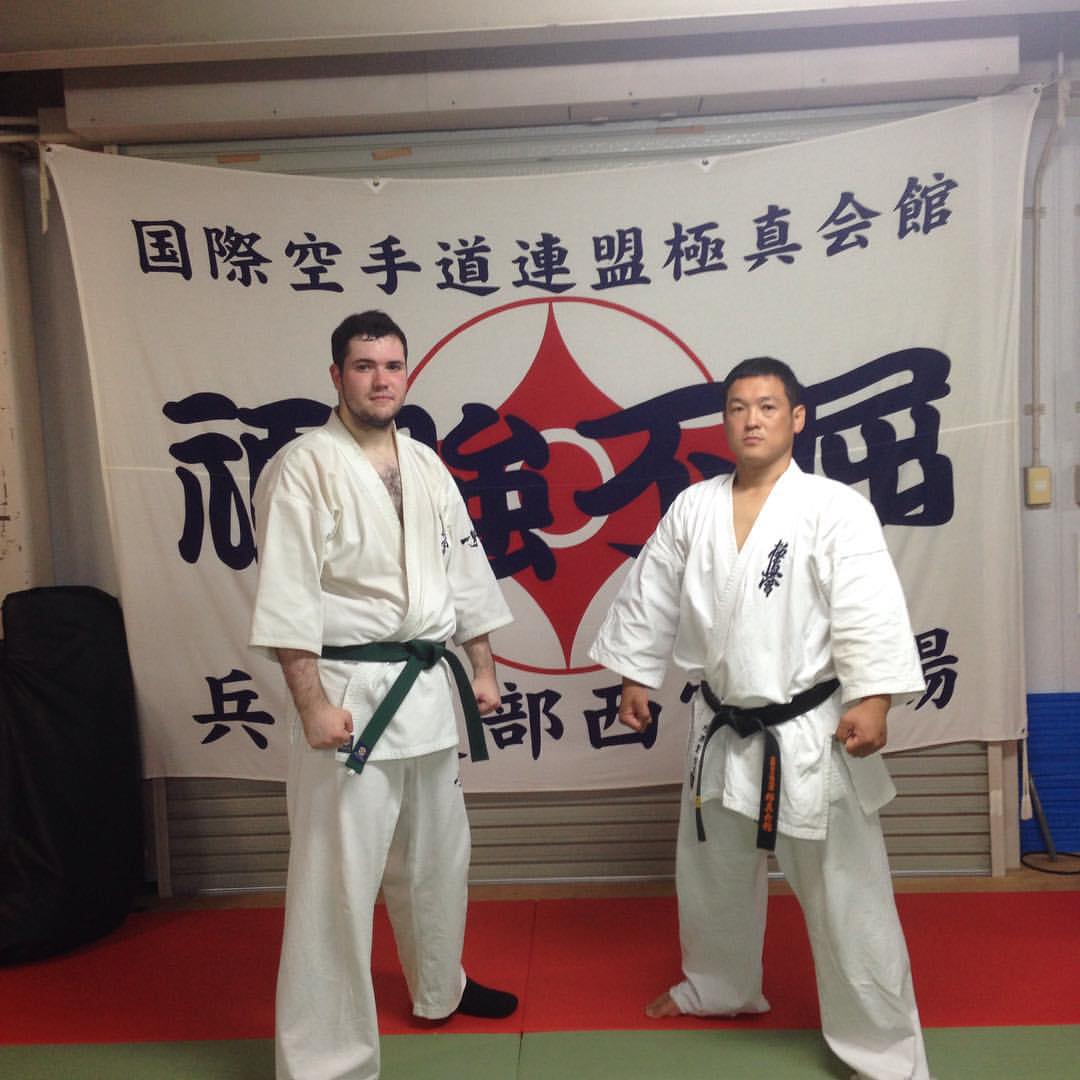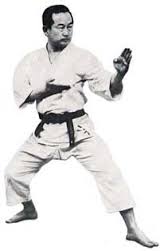
Today I would like to talk about the three ways I have observed shuto uke or shuto mawashi uke, knife hand block being performed in kata and the bunkai ( practical usage) that I have either been taught or have seen on the internet. In this post, I will be talking about the Kyokushin, Traditional Karate/Shotokan ( of which I have only observed), and Taekwondo interpretations in particular. Please keep in mind that I don’t claim to have any exact answer or be a master of anything, I just feel like sharing what’ve I been told.
Kyokushin: Front Kick Catch and Throw
My current Shihan in Kyokushin Karate has told me that Kyokushin’s shuto uke is actually more of a throw than a block. Hence the name,shuto mawashi uke, or ” circular knife hand block.”Our starting position is at groin level with our lead hand covered by the back hand. From there, we swing it up to the side of head/ ear-level and then separate our hands as we bring them down to finish the block with the finger tips at eye height.
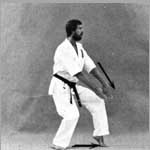
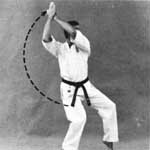
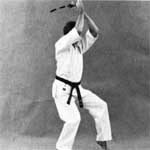
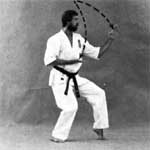
Shokei Matsui ( current Kancho of the Kyokushinkaikan) gives a great example in this video : Shuto Mawashi Uke Kyokushin
As I mentioned above, the knife hand block in Kyokushin is in fact a throw. My Shihan’s explanation is that one catches the opponent front kick and the raises the trapped leg up , off balancing the opponent and making him fall to the floor.
The first part of the block can be seen in this photo:
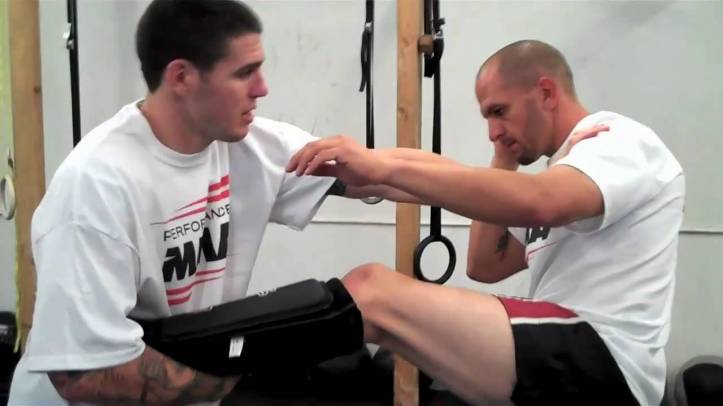
While obviously staged and looking a little impractical, this photo shows Kyokushin’s interpretation in full : 
Shotokan ( Or Other Traditional Karate Styles, I Guess): The Basic Front Arm Block or Forearm Strike
The traditional explanation seems to be the easiest method for non-Karateka to comprehend. Basically, you are blocking a punch or a kick with your lead hand, while still covering your body during the execution of the technique with your back hand.
As shown below, the lead hand comes up to ear height while the palm side of the hand. The hand is slightly cupped and the back hand is palm side down ( or up, i don’t think it really matters. It’s palm side down in the picture,though.) , still covering the vital areas of the body. The lead arm and hand comes out to block with the elbow bent at about a 90 degree angle, while the back hand is pulled back and rests palm up on your solar plexus.
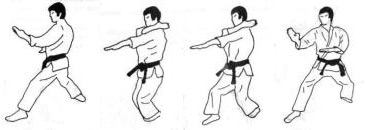
In kata competition, especially in JKA and the WKF tournaments, this type of block is used a lot and often at great speed. The twisting of the hips and the fast movement of the lead hand, make your gi snap. I believe the judges are often impressed by how well the competitors gi snaps and may be inclined to give a few extra points because of it.
An example of snapping shuto-uke can be found around the 1:25 mark in this video: Rika Usami
You could also view shuto-uke as a block to forearm strike. As the video below shows the back hand blocks an incoming punch or breaks the opponent’s guard while the front forearms slams into the opponent’s or vise versa. While I am always a little skeptical of Iain Abernathy’s bunkai breakdowns, it does seem like a good drill to practice.
Video: Iain Abernathy Shuto Uke Drill
Taekwondo: The Eye Poke To The Front Block
So this is version is definitely the most impractical-sounding one yet, but I have to talk about it.Both arms are stretched straight back behind you and then swung forward into a regular looking knife-hand block. The meaning behind stretching your arms behind you is so you can eye gouge an on coming attacker and then engage the one in front of you. It sounds ridiculous,I know. I did Taekwondo from age 4 to about 16 ( off and on in my teens) and every teacher I had told me at one time or another that this was a possible application of the technique. They were great teachers too, so I don’t know why they actually believed this.
An example of the back to front arm movement can be found at the 3:10 mark here: Taekwondo double knife-hand block
Where I Stand:
I like both the Kyokushin and Shotokan versions of shuto uke. While I think Kyokushin’s catch to throw theory would be a little hard to pull off in a real fight, it could certainly work. The traditional Karate/Shotokan version makes a little more sense, in my opinion, and is easier to learn.I do not believe the TKD eye poke theory works at all, however.
Thanks for reading,
Osu!
